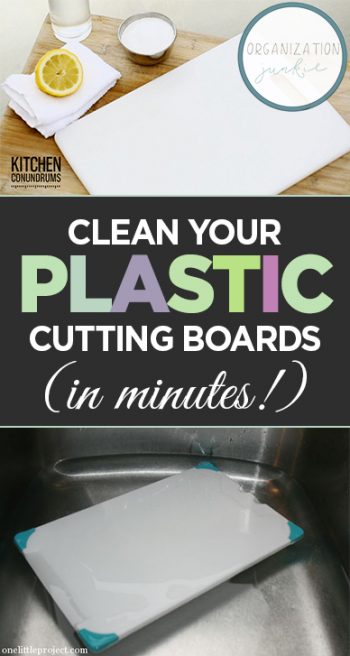
Plastic cutting boards are cheap and handy for all kinds of kitchen duties. You can even use different colored ones for different jobs to help you avoid cross-contamination. Awesome, right? But when it comes time to clean them, sometimes these little plastic beauties can present some challenges. They often have a textured surface, and when you consider the knife marks, you might always wonder if you’re really getting them clean — not to mention the stains. Here’s how to handle your plastic cutting boards so they’ll be clean and safe when you need them.
1. Fill Your Sink
First, fill your sink with enough hot water to cover your cutting boards. You’ll probably need about a gallon or so. Get it good and hot for extra germ-killing.
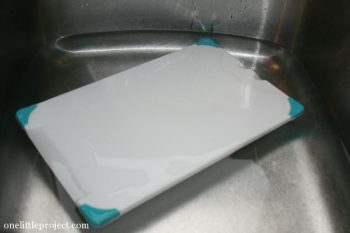
You’ll need around 1/4 – 1/2 cup of bleach for about a gallon of water. If you don’t want to put bleach in your measuring cups, just eyeball it. It does’t need to be super precise. You’ll know you used enough when your cutting boards come out clean!

3. Throw ’em in
Okay, more like place them carefully, since you probably don’t want bleach splashing on you or all over your kitchen. Grab your most stained cutting boards — go ahead! You can put them in all together, but you probably want to grab some rubber gloves and be ready to rotate them around a bit, so the bleach solution can do its job. Let them soak for about 20 minutes. If needed, you can repeat this process with a new batch of water and bleach, and / or let them sit a little longer for extra stain removal.

4. Rinse Well
Be sure you rinse these well enough to remove all the bleach reside. If you can’t smell bleach on them anymore, you’re probably good. You could even run them through the dishwasher and let that take care of the rinsing for you (even though it will rarely take care of the stains!). Voila! Your cutting boards are clean, stain-free, and safe to use.
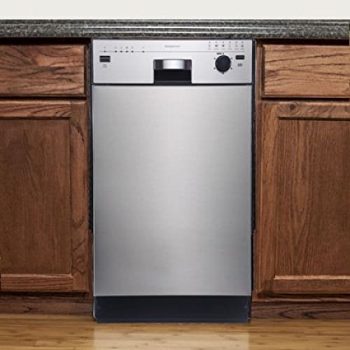
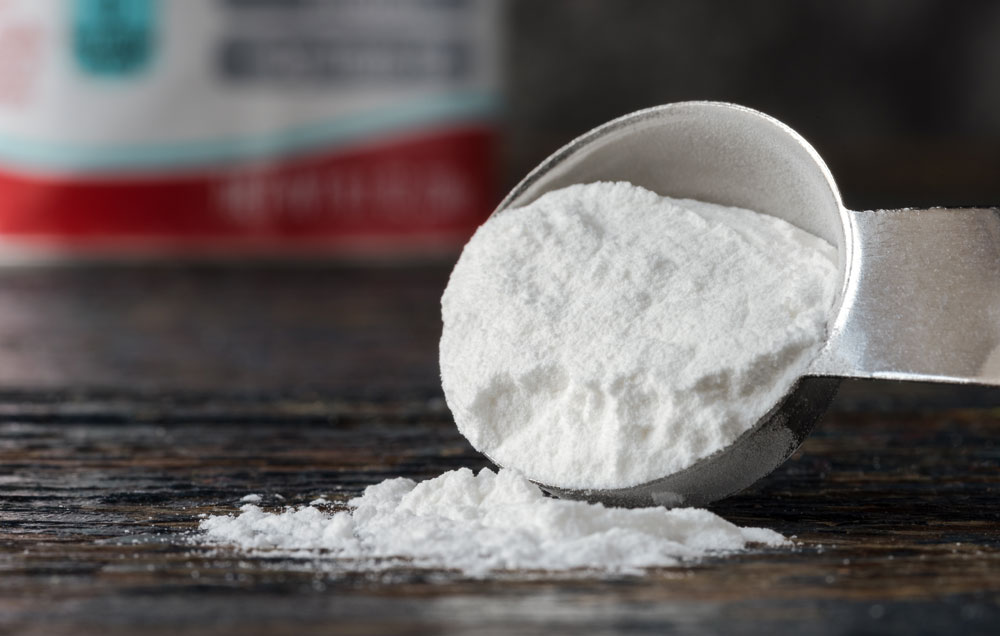
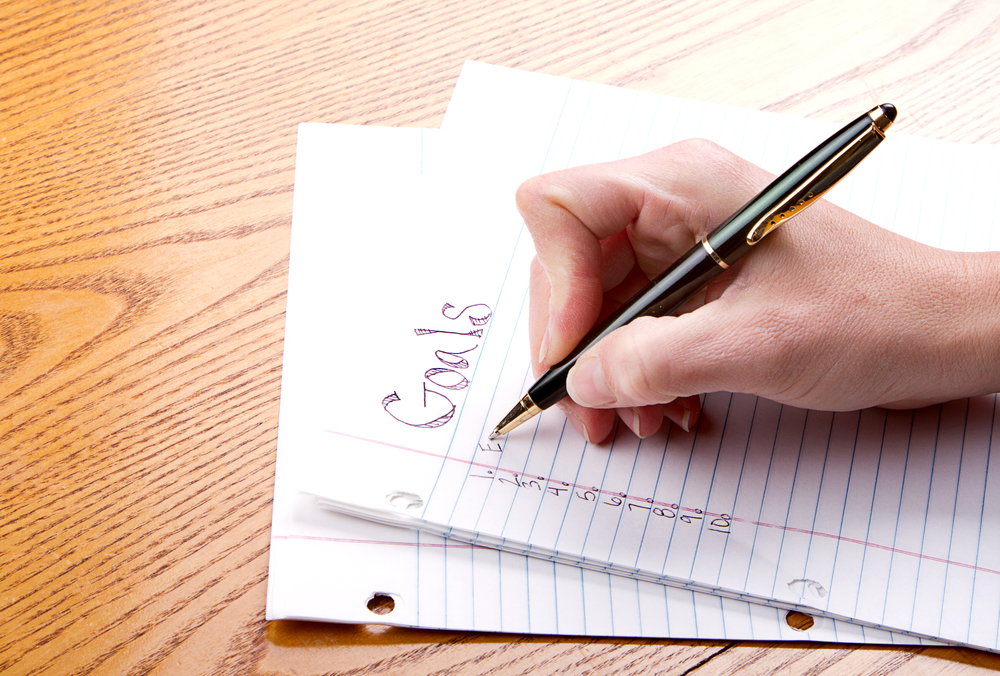
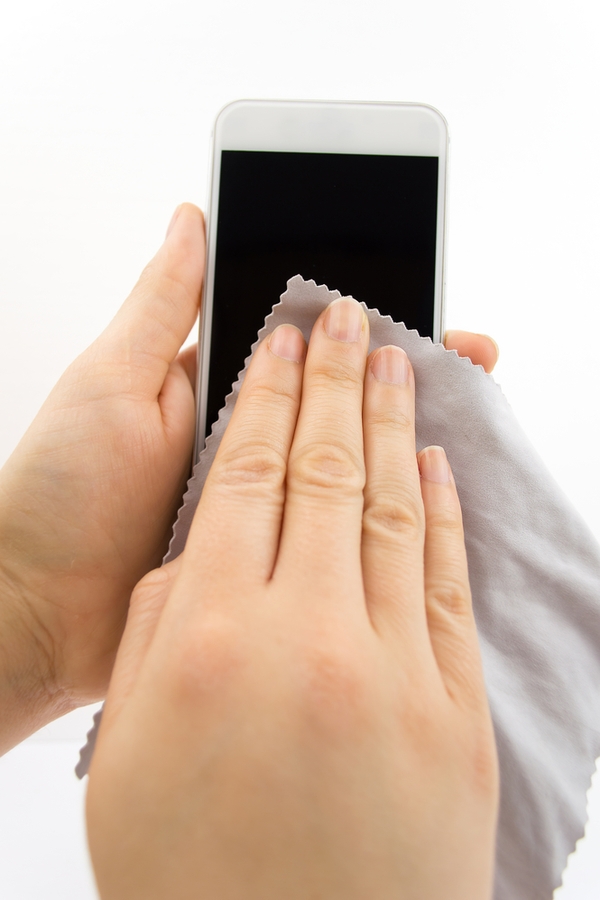
Leave a Reply